NFT Platform is yet another method and technology introduced to make human lives as convenient and secure as possible in this ever-changing world. Especially, in the technological sphere, creative brains come together every day to create something new to add to our ever-expanding human civilization.
One such example of the same would be an NFT Platform.
What if I tell you that you can now support your favourite artists in a way that would be effective for them AND you.
But first, let us understand what an NFT is?
“Non-fungible”, as the name suggests itself is one-of-a-kind and cannot be substituted with anything else. But if we’re talking technically, a non-fungible token, or NFT, is a digital token that acts as a digital certificate of proprietary rights for real or virtual assets like artworks, pictures, tweets, and codes.
Each NFT is one of its kind, non-fungible, and irreplaceable digital asset. It is also why it differs from Ethereum and Bitcoin. Since they can be traded, they are fungible.
Building an NFT Platform
An NFT platform is a place where you can sell or buy NFTs. Because this is such a challenging type of software, the developers should have extensive experience, as Algobitz does. Our company can happily assist you in starting a marketplace from scratch or cloning/refurbishing an existing one.
The steps to create an NFT Platform are as follows:
1.Starting with the planning
The first step for starting every new thing is RESEARCH. RESEARCH. RESEARCH.
Make sure you, along with your developers know what you are doing or at least frame an outline for what your expectations from this platform are going to be. You should know the technical concepts to start this project and establish it.
2. The process of development
To begin, you and the designers have to create a user interface concept (frameworks, templates, prototypes) in which you will describe the face of your platform. After including all the features and functions, the trading platform’s architecture should be effective. Since maximum user experience depends on the user interface, it needs to be structured carefully. Other than the user interface, there are two more important things to keep in mind, and those are:
- BACK-END: Much critical business logic and marketplace features, like the blockchain, smart contracts, wallets, and auction process, are built here.
- FRONT-END: The primary goal of front-end development is to provide a user-friendly interface, security, and productivity.
3. Testing The Product
In this particular stage, the QA team performs several checks to ensure that the product is free of critical flaws and faults. In addition, content, usability, security, reliability, and productivity are all put to the test in several circumstances through various test cycles.
4. Launching the platform
Once the testing is complete, it is time to put your platform on a cloud server. Please keep in mind that this is not where the process ends. Organizing the support center’s operations is still a tedious task.
These steps are just an overview of all the extensive work required while creating your platform. So, call us today and get our team on board to help you bring your vision to reality!







